Bringing beauty to your backyard garden is more than just a hobby—it’s a journey of creativity and personal expression that transforms your outdoor space into a living masterpiece. Whether you’re just starting to dig your first bed or you’ve been nurturing your oasis for years, enhancing the aesthetic appeal of your garden can be both rewarding and surprisingly simple.
For the beginner, this adventure offers a chance to learn the language of plants and design, while seasoned gardeners will find fresh inspiration to refine their botanical sanctuaries. In this guide, we’ll explore practical and innovative ways to elevate your garden’s charm, including selecting the right plants, incorporating unique design elements, and understanding how color and texture can play pivotal roles in your landscape.
By the end of this article, you’ll be equipped with actionable tips that can transform your garden into a vibrant, inviting retreat. From the subtle art of layering plants to the strategic use of garden ornaments, you’ll discover an array of techniques that cater to any style or budget, ensuring that your garden not only thrives but dazzles with beauty.
Plan Your Garden Layout
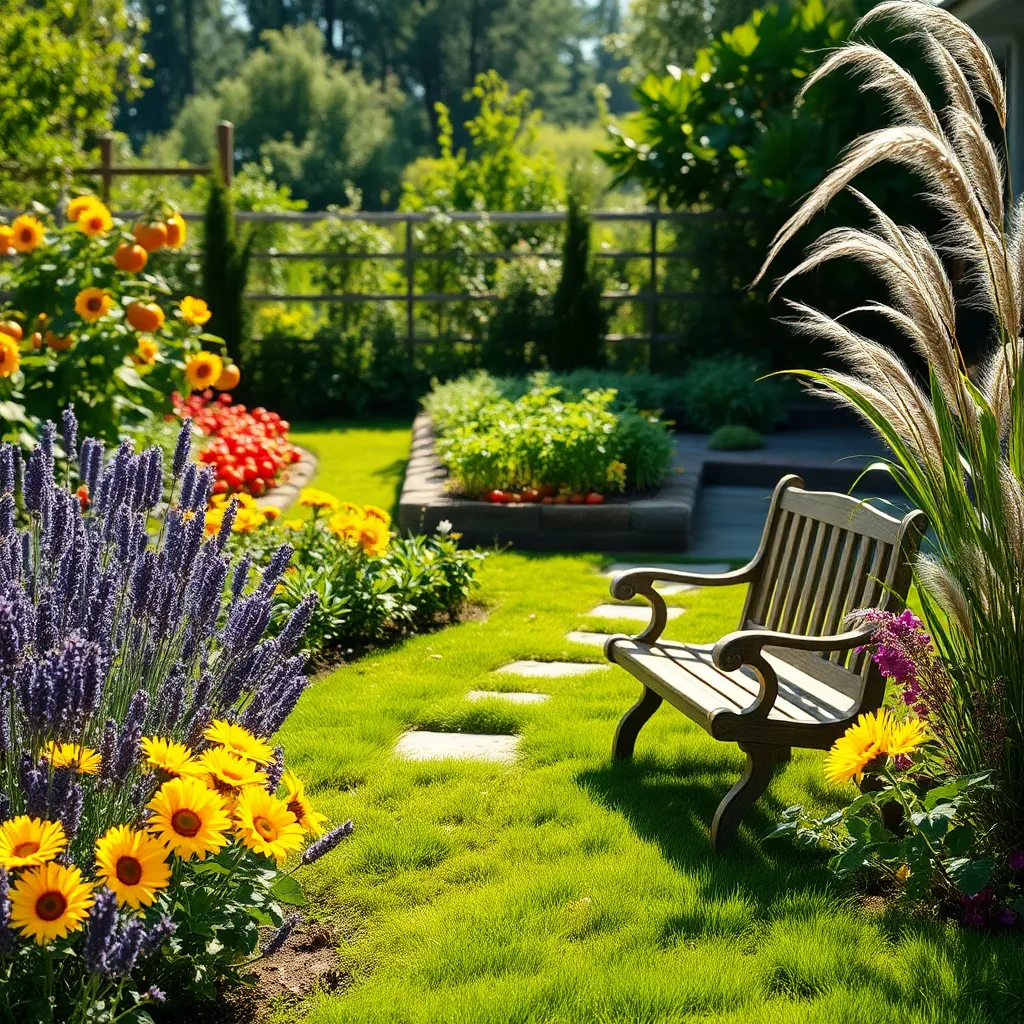
When planning your garden layout, start by assessing the sunlight in different areas of your backyard. Identify which spots receive full sun, partial shade, or full shade, as this will guide you in selecting the right plants for each location.
Consider the mature size of each plant to avoid overcrowding and ensure they have room to thrive. Sketch a rough map of your garden, marking where each plant will go, to visualize spacing and arrangement before planting.
For a more dynamic garden, incorporate a mix of plant heights, textures, and colors. Use taller plants, such as sunflowers or ornamental grasses, as a backdrop and place shorter plants in the foreground to create depth and interest.
To enhance the beauty and functionality of your garden, include pathways or stepping stones for easy access and maintenance. These paths not only make it easier to care for your plants but also add an aesthetic element that invites exploration and enjoyment.
Select Vibrant Plant Varieties
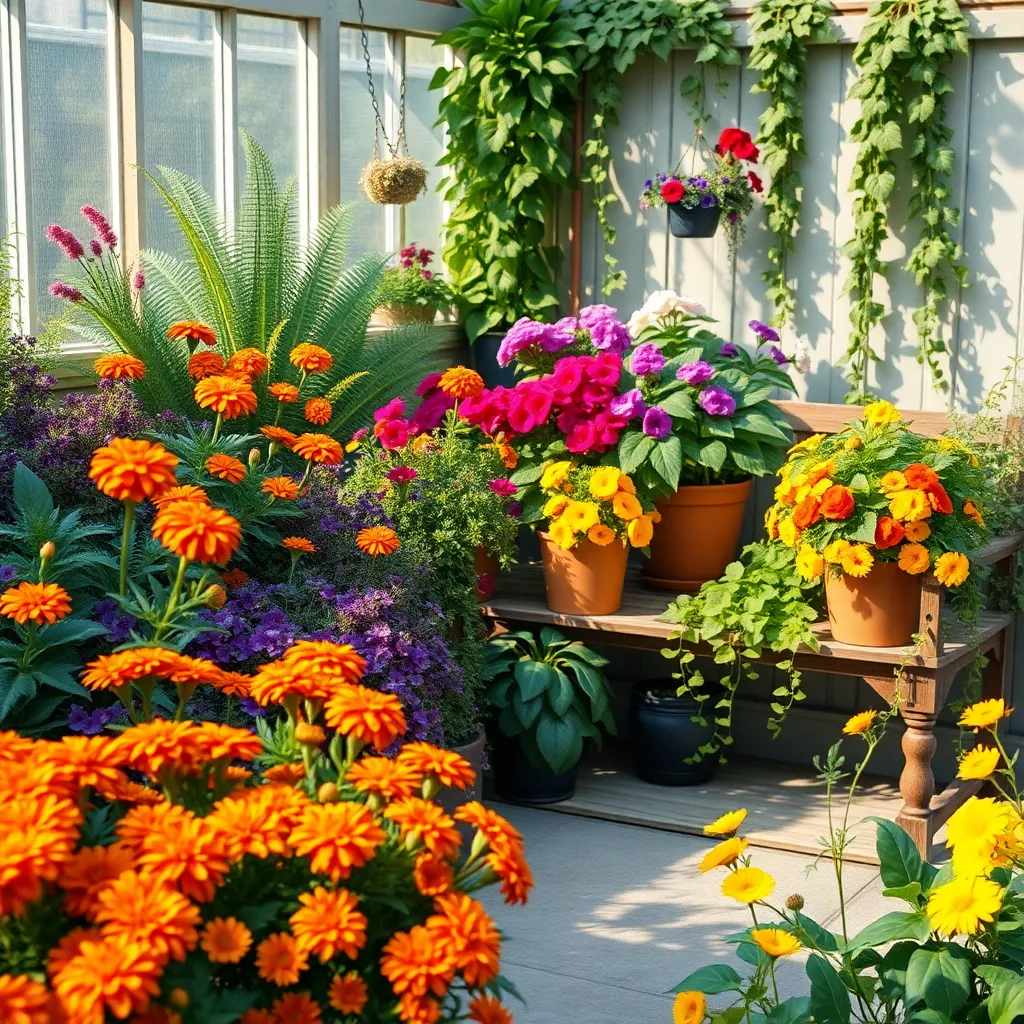
Adding vibrant plant varieties to your garden can significantly enhance its beauty. Selecting plants with different colors, textures, and heights creates a visually appealing landscape that is both dynamic and inviting.
Consider starting with annuals such as marigolds, zinnias, or petunias, which can provide a burst of color throughout the growing season. These plants thrive in well-drained soil and require regular watering, especially during dry periods, to keep their blooms bright and healthy.
For a more permanent addition, incorporate perennials like coneflowers, daylilies, and black-eyed Susans. These plants return year after year, offering consistent beauty with minimal maintenance once established.
Advanced gardeners might explore incorporating ornamental grasses or unusual foliage plants like coleus or heuchera for texture and contrast. These choices not only add visual interest but also provide movement and structure to your garden, enhancing its overall appeal.
Enhance Soil Quality
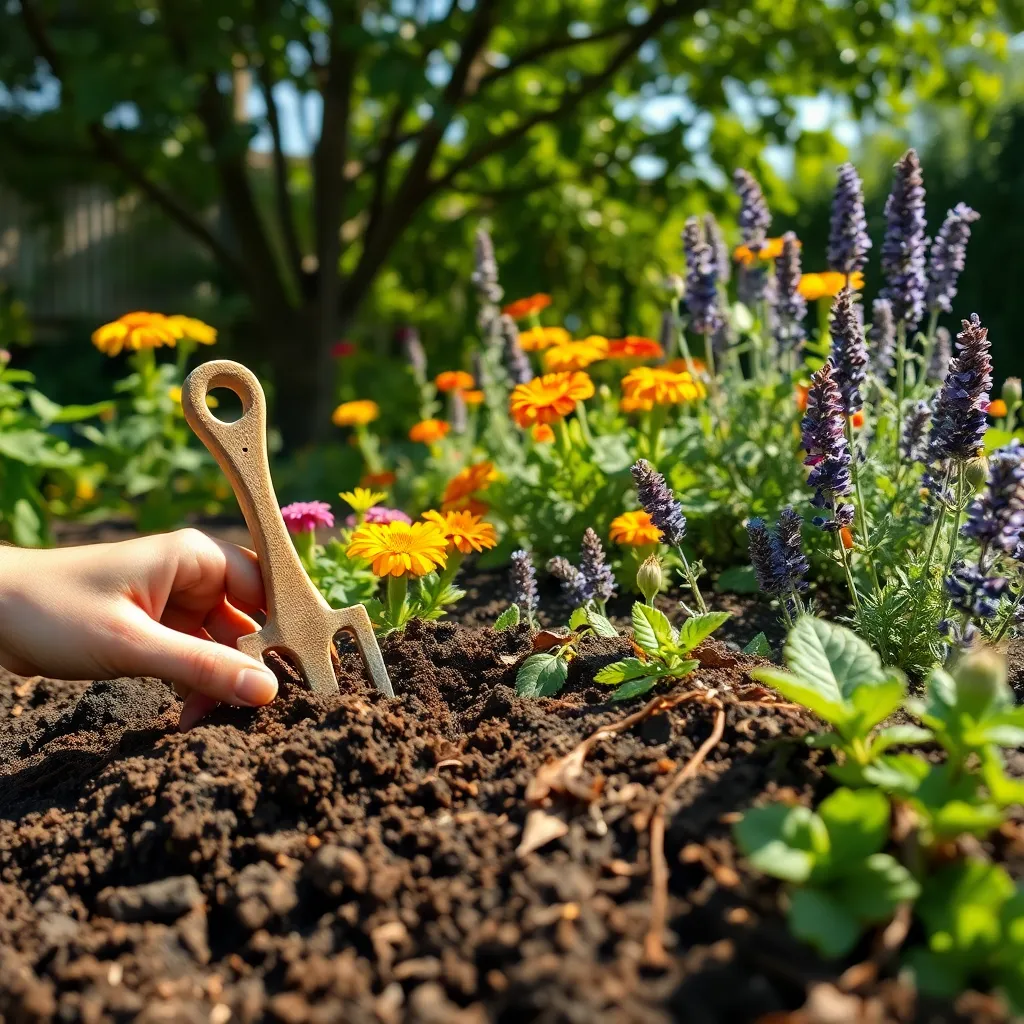
To create a stunning garden, enhancing soil quality is essential for healthy plant growth. Begin by conducting a simple soil test to determine pH levels and nutrient deficiencies, which will guide you in selecting the right amendments.
Incorporate organic matter such as compost or well-rotted manure to improve soil structure and fertility. This not only enhances aeration and water retention but also encourages beneficial microbial activity that supports plant health.
Mulching is another effective way to improve soil quality while reducing weeds. Use materials like straw, wood chips, or shredded leaves to maintain soil moisture and add nutrients as they decompose.
For gardeners looking to go a step further, consider employing no-till gardening techniques. This practice helps maintain soil integrity, reduces erosion, and preserves beneficial organisms in the soil.
Incorporate Decorative Elements
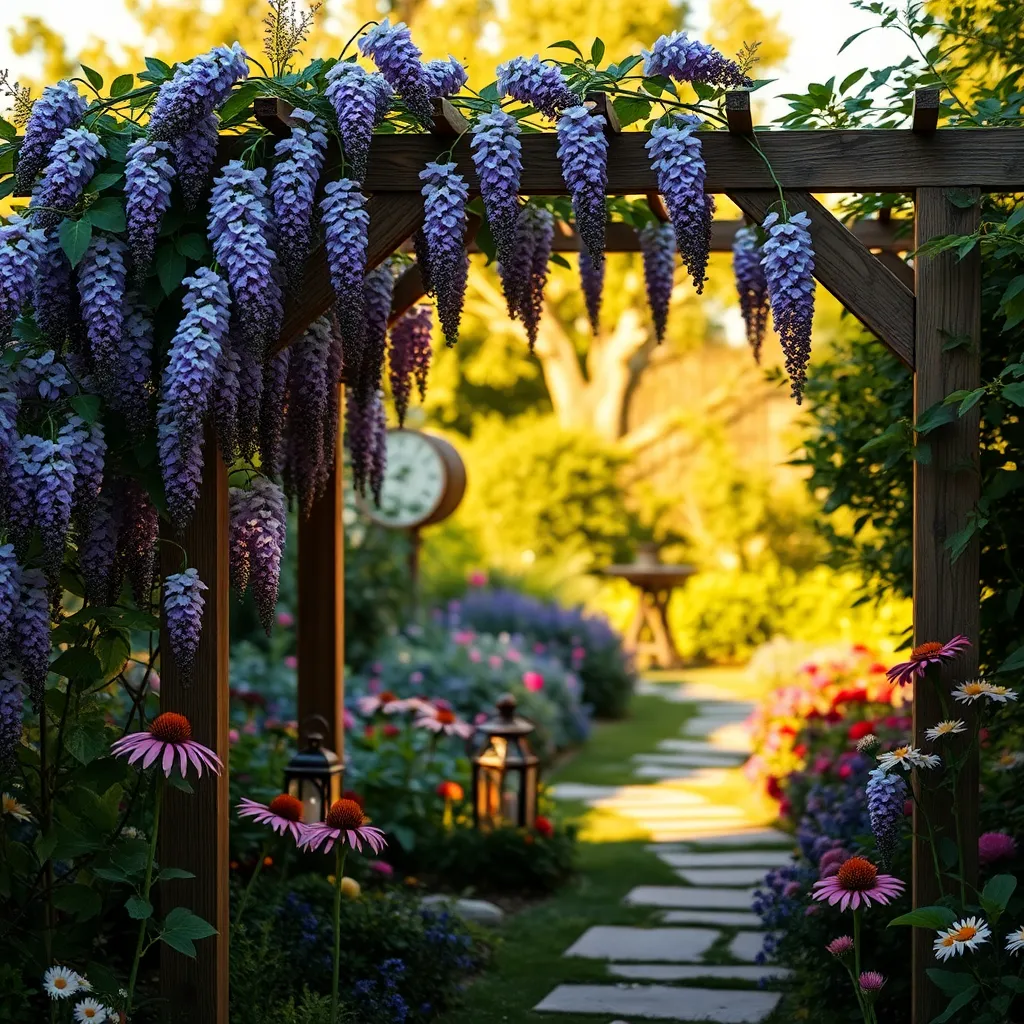
Adding decorative elements to your backyard garden can enhance its visual appeal and create focal points. Consider incorporating items like garden sculptures, birdbaths, or decorative stones to add interest and personality to your space.
Strategically placing decorative containers can provide both beauty and function, offering additional planting options. Choose pots of varying heights and materials to create a dynamic arrangement that complements your garden’s theme.
Incorporate a mix of textures by using materials such as wood, metal, and ceramic for your decorative elements. This diversity not only adds visual interest but can also help highlight different plant species or garden areas.
For those looking to add a touch of whimsy, consider hanging garden ornaments like wind chimes or lanterns. These elements can bring movement and sound to your garden, enhancing the sensory experience for visitors.
Maintain Regular Pruning Routine
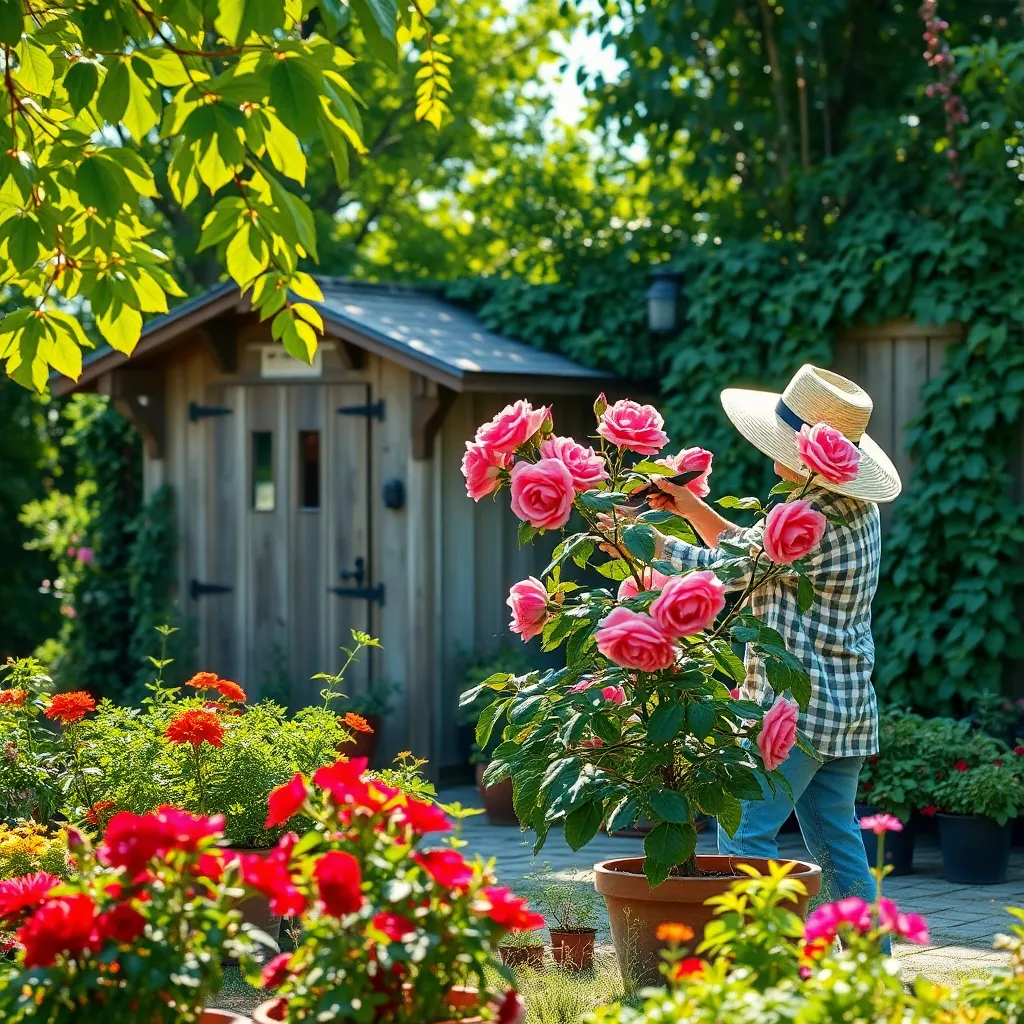
Regular pruning is essential to maintain the health and aesthetics of your garden. It not only helps in shaping plants but also encourages new growth, making your garden flourish with vibrancy.
Start by identifying the plants in your garden that require pruning, such as roses, shrubs, or fruit trees. Different plants have different pruning needs; for instance, roses benefit from a hard prune in late winter, while shrubs may need light trimming throughout the year.
Use sharp, clean tools to make precise cuts, which help prevent disease spread and promote faster healing. Investing in a good pair of bypass pruners can make a significant difference in the ease and effectiveness of your pruning efforts.
For beginners, it’s wise to focus on removing dead, damaged, or diseased branches first. This basic step not only improves plant appearance but also prevents potential pest infestations.
Advanced gardeners can apply techniques like deadheading to promote more blooms or thinning to improve air circulation around the plant. These methods can significantly enhance the beauty and productivity of your garden.
Conclusion: Growing Success with These Plants
In transforming your backyard garden into a haven of beauty, we explored five key relationship concepts that can also enrich your personal connections. First, we discussed the importance of nurturing through consistent care and attention, mirroring the time and effort needed in any strong relationship. Second, we delved into the balance between structure and spontaneity, much like planning garden layouts while allowing nature’s surprises to flourish. Third, we highlighted the value of diversity, encouraging you to embrace different plants just as we cherish diverse perspectives in relationships. Fourth, the importance of patience was underscored, teaching us that both gardens and relationships blossom over time. Lastly, we celebrated growth, recognizing that change can be a beautiful part of both gardens and human connections.
As an immediate next step, pick one area of your relationship—be it with a partner, friend, or family member—and apply one of these concepts today. Whether it’s showing appreciation or spending quality time, small actions lead to great transformations.
Bookmark this article to revisit these concepts and nurture your relationships continuously. With dedication and love, your relationships can not only survive but thrive, becoming as vibrant and resilient as your most beautiful garden.

